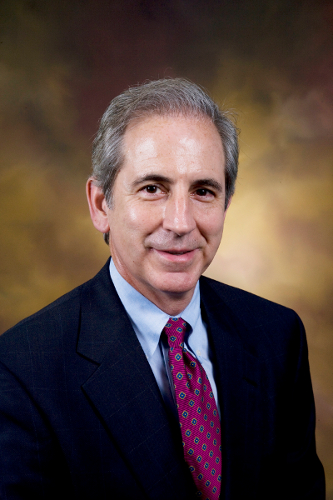OKLAHOMA CITY – Construction projects at various airports across the state are one step closer to completio n after the Oklahoma Aeronautics Commission recently awarded those airports with nearly $550,000 in state grants.
n after the Oklahoma Aeronautics Commission recently awarded those airports with nearly $550,000 in state grants.
The grants are part of the Commission’s Capital Improvement Program, which provides funding to Oklahoma airports for various infrastructure needs, such as runway maintenance and construction; installation of navigational aids; land purchases; terminal improvements; and installation and repair of airfield lights and signage.
“Our core mission is to make sure that our state’s air transportation system is well maintained and meets high safety standards. By consistently providing our public airports with these capital improvement grants, we are ensuring that those standards are being met and that the flying public is afforded as safe of a flying experience as possible,” said Director of Aeronautics Victor Bird. (Pictured right)
The largest grant, a $295,648 award, is for a proposed taxilane project at Guthrie-Edmond Regional Airport. State officials said the project consists of constructing 250 feet of pavement to the north of the main taxiway, which will provide aircraft access to six new corporate hangars planned for construction.
“In the near future, we hope to have adequate areas to attract future aviation business and industries,” Airport Manager Lee Ivie said. “Our field lies in a Foreign Trade Zone, and to reach its full potential, we will be undergoing future growth and development.”
Ivie noted that there are approximately 40 businesses or individuals that are currently on the airport’s hangar waiting list.
The total cost for the taxilane project is $328,498, with the cities of Guthrie and Edmond providing $32,850, the required 10 percent match for the CIP grant.
Guymon Regional Airport received a state grant totaling $194,211 for a microsurfacing project of the main runway, which includes filling in cracks followed by a seal coating. The total cost of the project is $215,790 with the City of Guymon contributing $21,579.
“The partnership between our airport and the Aeronautics Commission is very valuable to us out in the Panhandle,” said Public Works Director Ivan Clark. “Our runway is about 6,000 feet, and we do see quite a bit of local traffic as well as itinerant traffic from pilots stopping in here for fuel and other needs. Guymon is really growing and wind generation is coming our way, so we expect to see even more traffic at the airport in the very near future.”
Many local companies that use Guymon Regional Airport to transact business benefit from airport improvements, including the city’s largest employer Seaboard Farms which provides approximately 3,500 jobs. Between June 2008 and June 2009, the latest official statistics available, more than 17,000 landings and takeoffs took place at Guymon Regional Airport. Nearly half of that total was from local traffic, while the other half was comprised mostly of itinerant traffic.
Commissioners also approved a $125,000 grant for Shawnee Regional Airport for the first phase of a two-phase project that will bring the airport’s taxiway system up to prescribed standards. The project entails realigning the south portion of the airport’s parallel taxiway system and applying an asphalt overlay to the north section of the parallel taxiway system. The grant will also be used to install taxiway lights and fund the design for safety area improvements along the airport’s primary runway.
The total project cost for the improvements at Shawnee Regional Airport is $3,074,768. The City of Shawnee is contributing $81,863 of the total cost while the FAA is providing $2,867,905.
Earlier this year, the Aeronautics Commission approved a $275,000 grant for Shawnee’s new 4,000-square-foot airport terminal that is expected to be open next April. The airport sees nearly 5,000 takeoffs and landings annually, most of which come from aircraft owned or operated by local employers such as Exxon Mobil Chemical (450 employees) and Wolverine Tuble, Inc. (425 employees).
R.L. Jones Airport, Tulsa, received a $42,317 state grant to rehabilitate two of its main taxiways as well as taxiways in the northwest, northeast and southwest hangar areas. State officials said the taxiways are more than 20 years old and have deteriorated to the point that they now require heavy maintenance.
The total cost of the project at R.L. Jones Airport is $1,693,190, with the City of Tulsa contributing $42,819 and the FAA contributing $1,608,054.
R.L. Jones is one of the busiest airports in the U.S. with nearly 340,000 takeoffs and landings annually. Almost 300 general aviation aircraft are based at the airport. Many local companies such as Unit Drilling (3,000 employees) and Kimberly Clark (400 employees) regularly fly their aircraft in an out of the airport.



